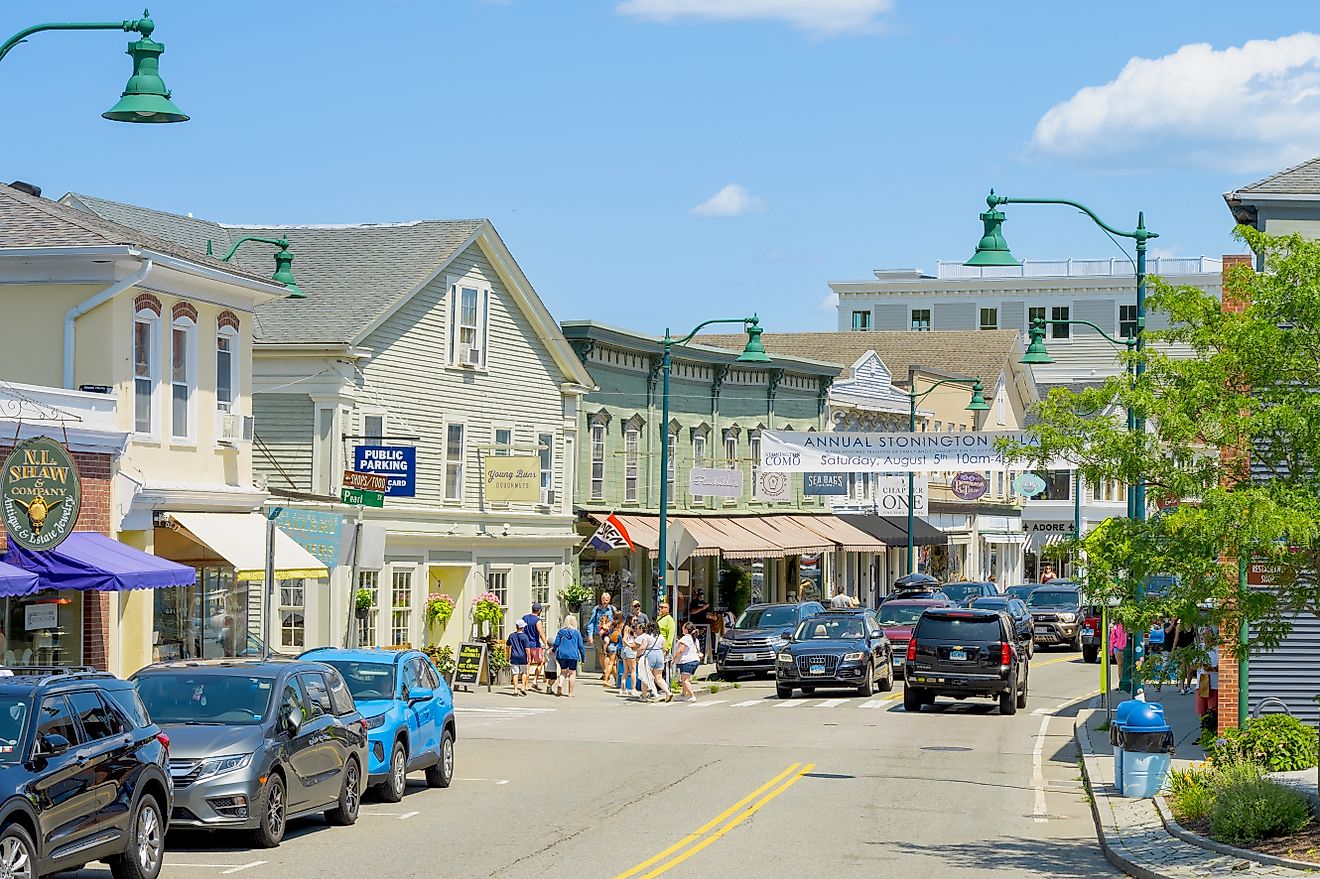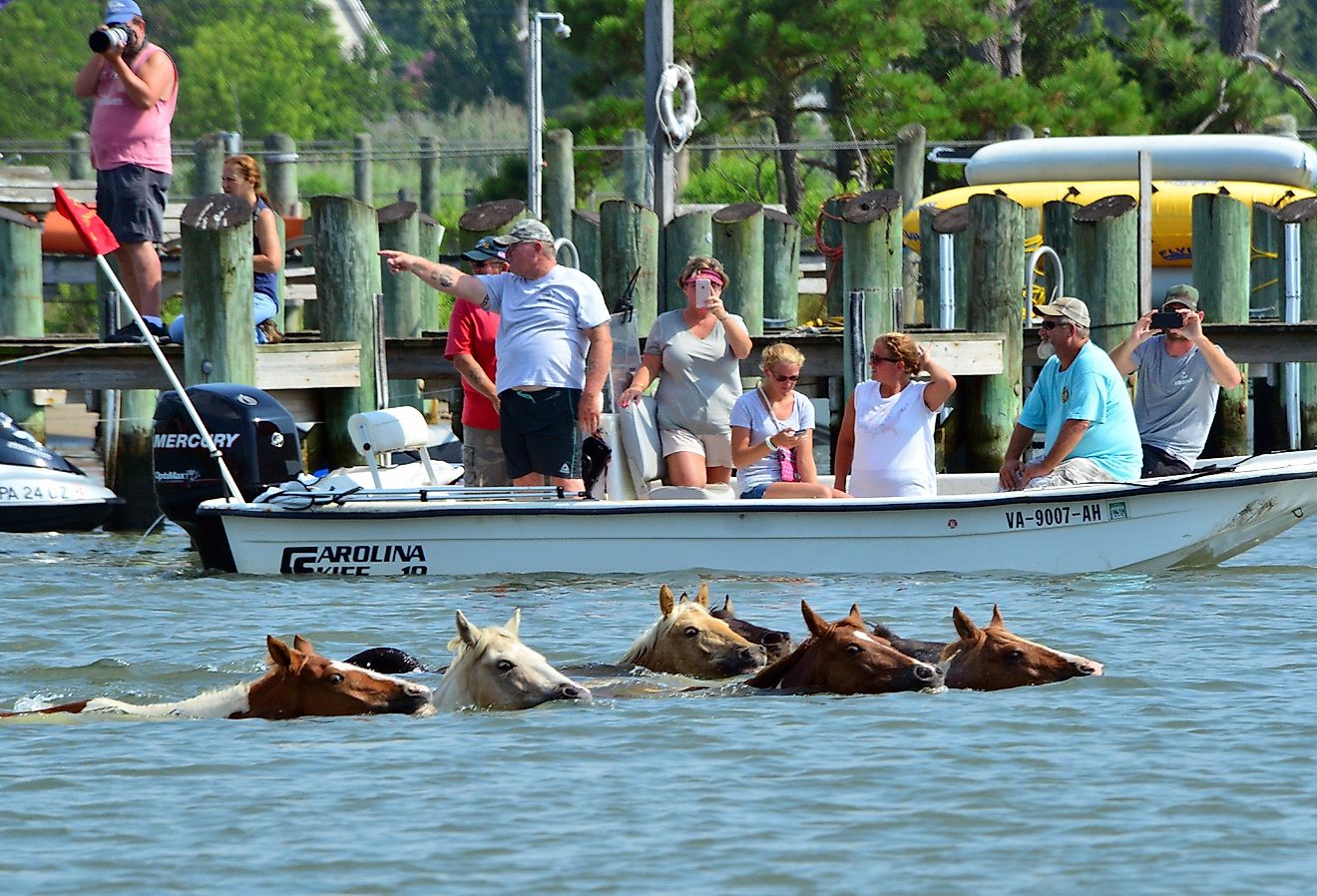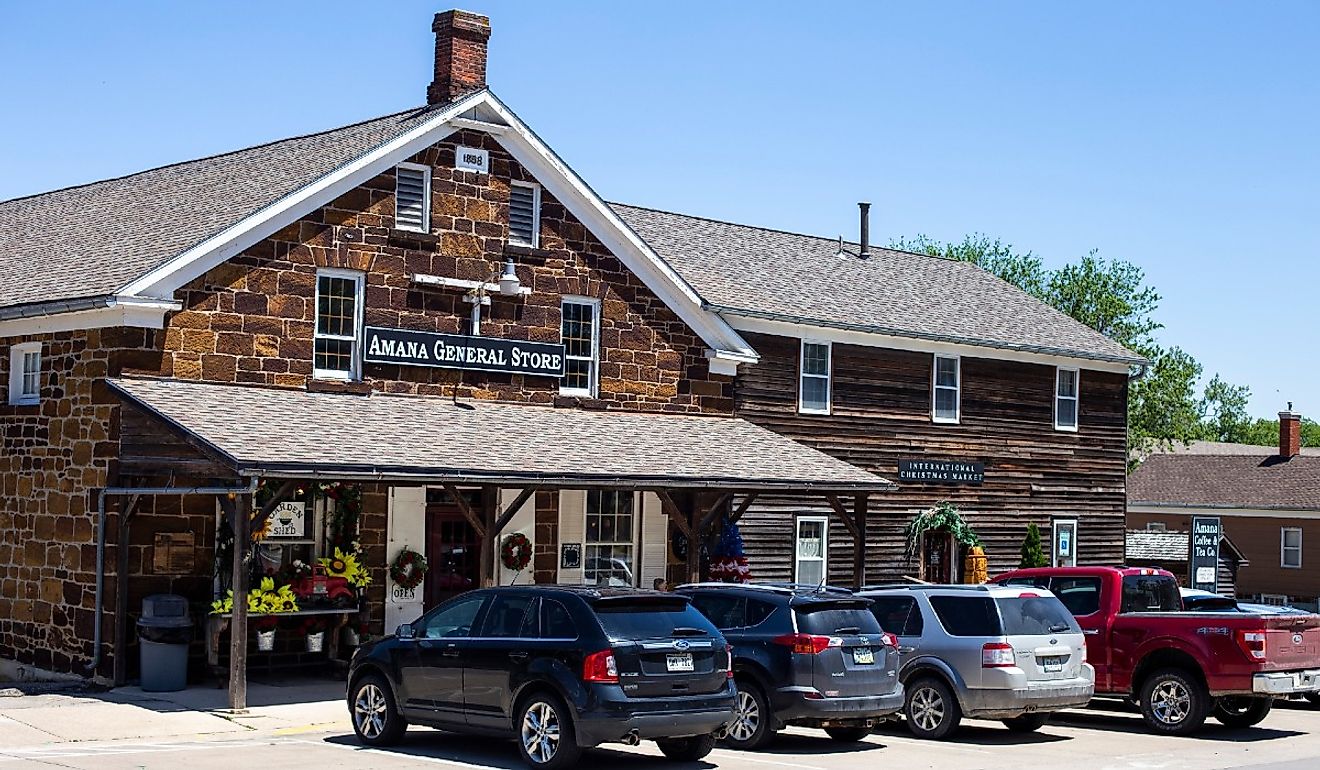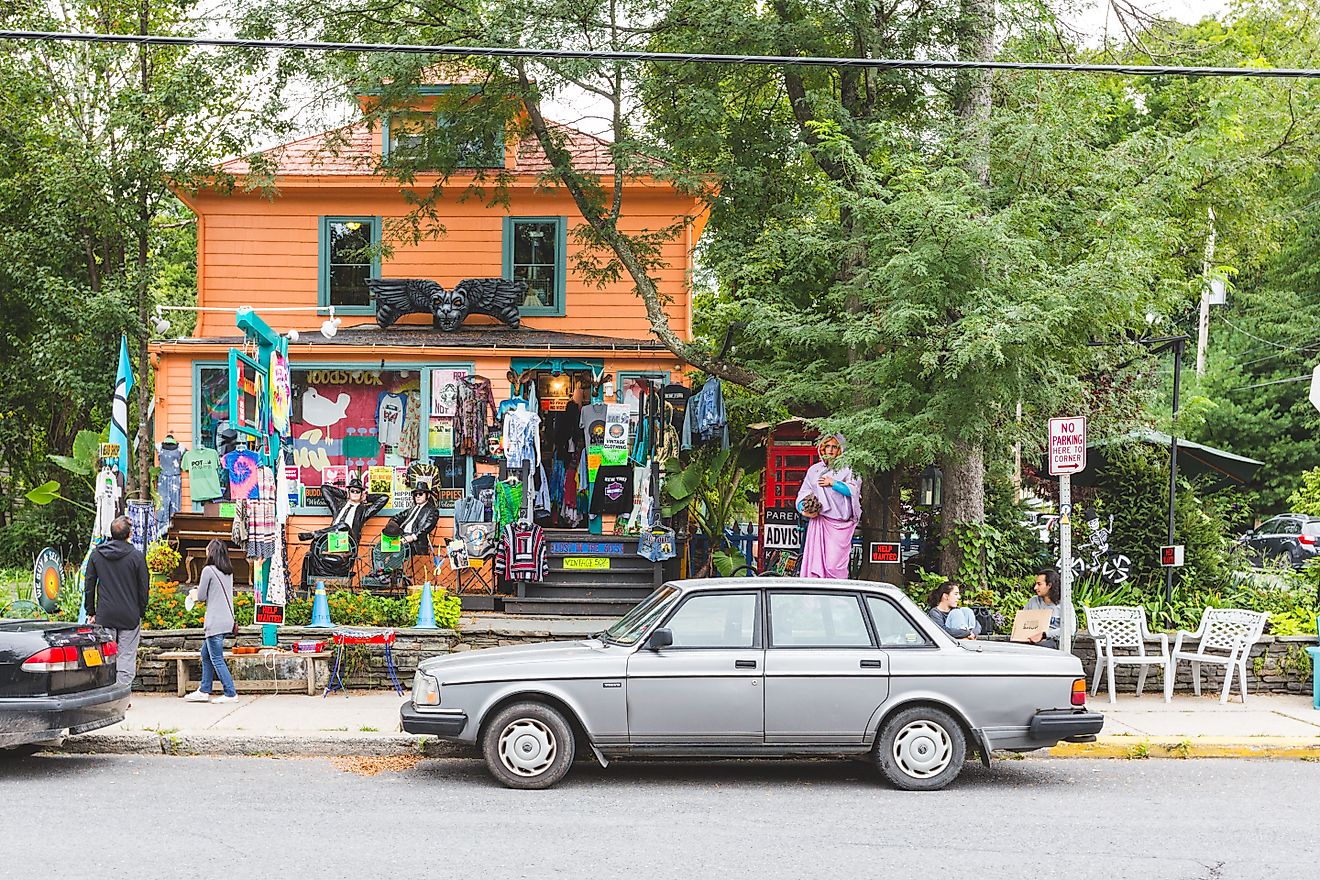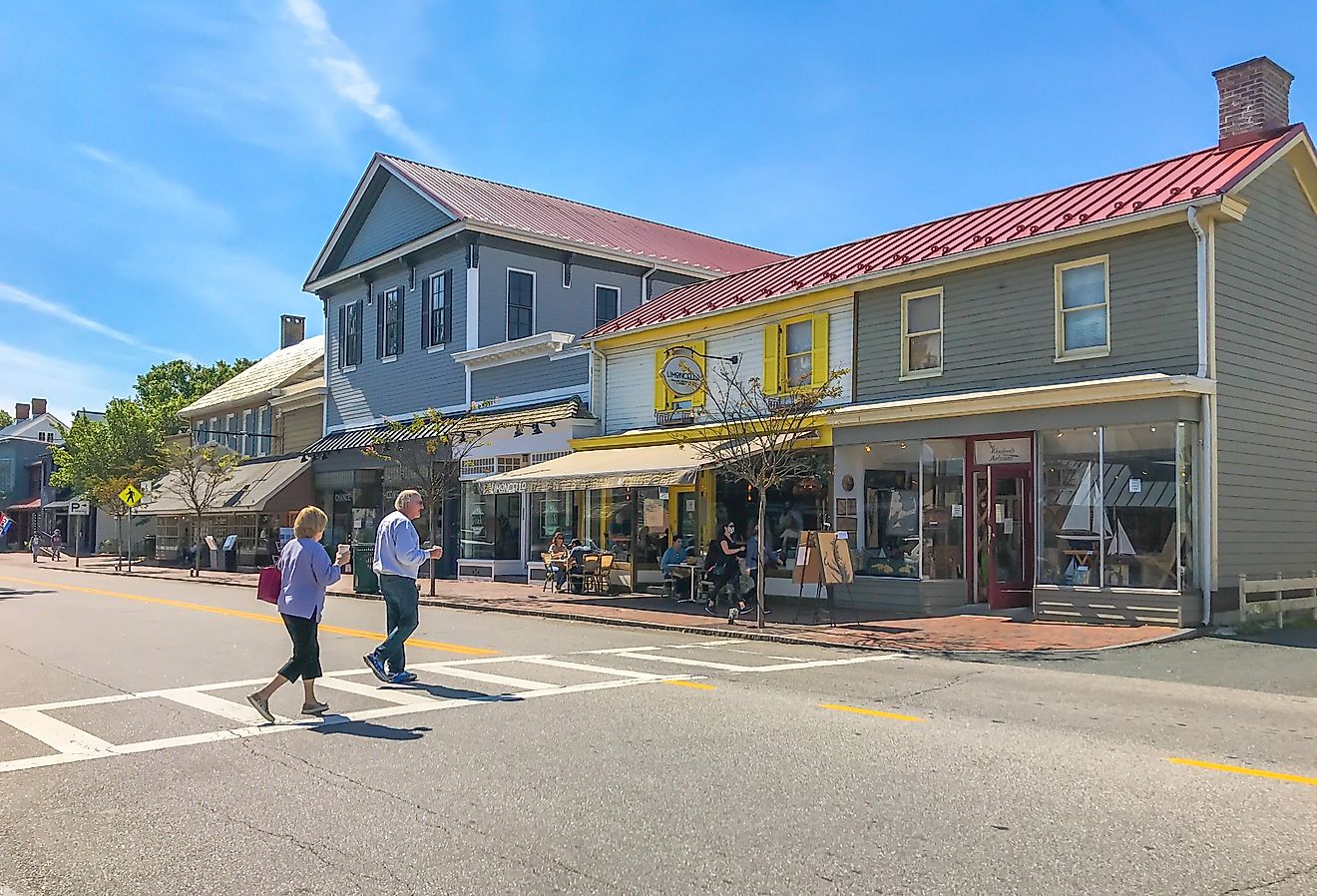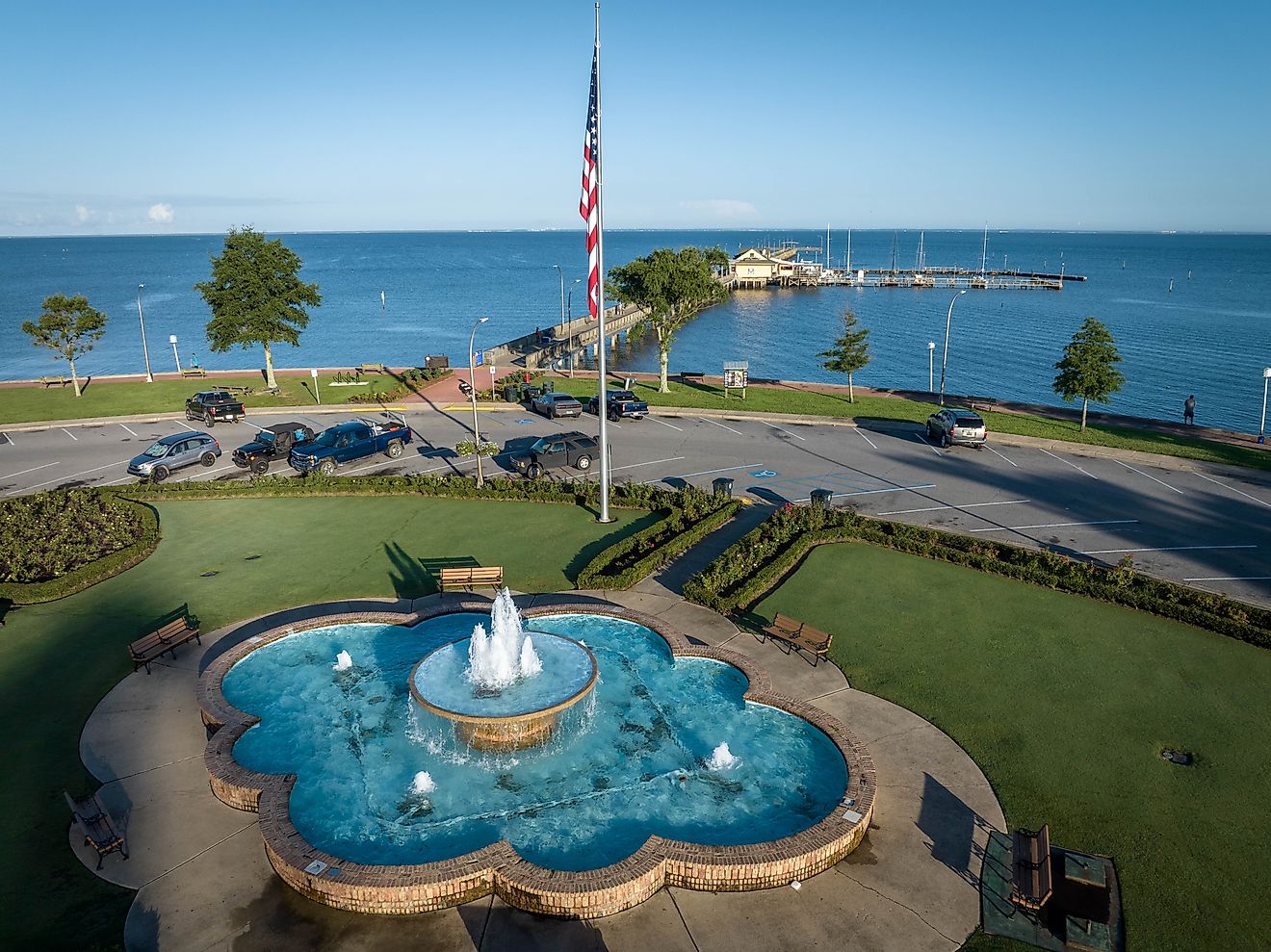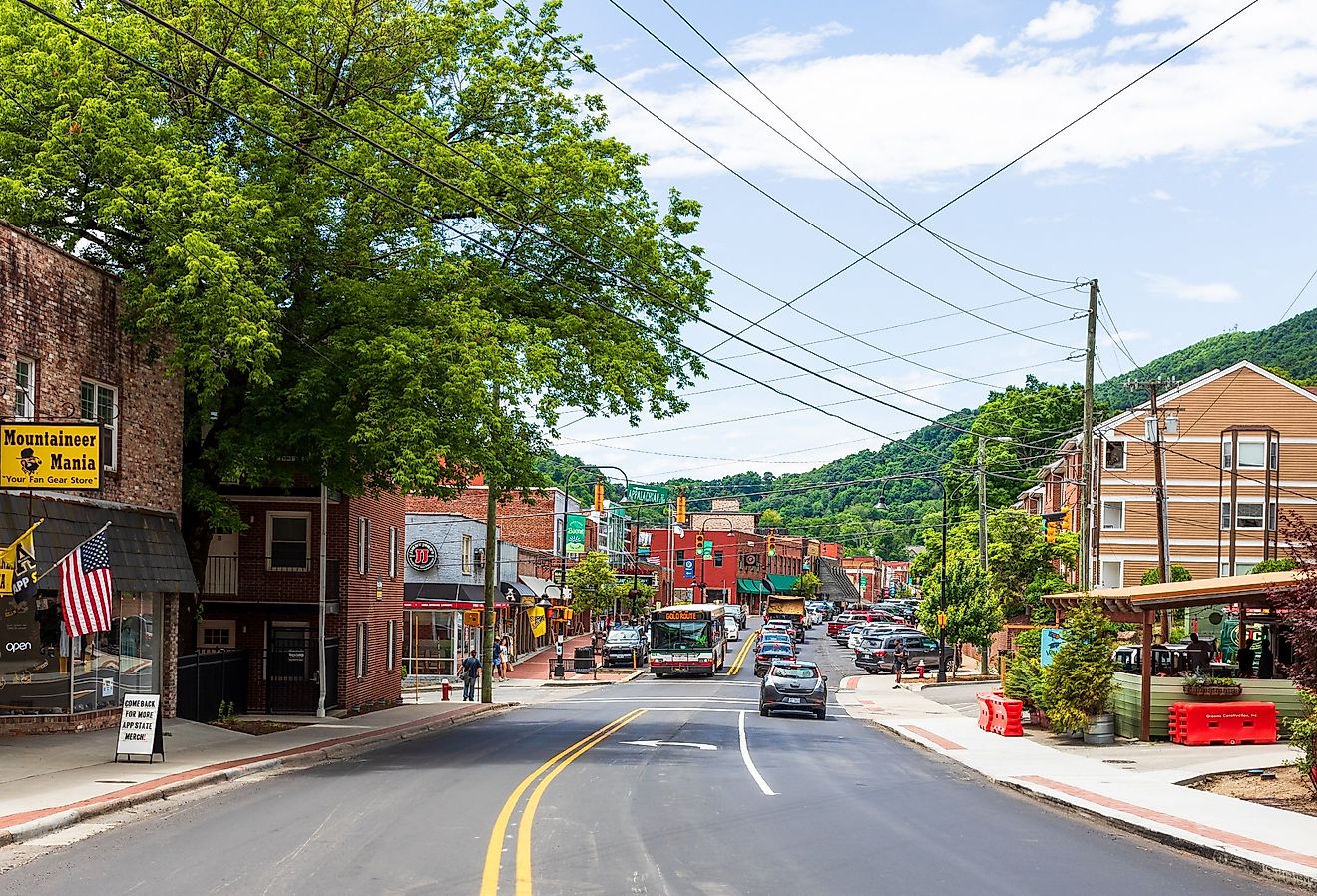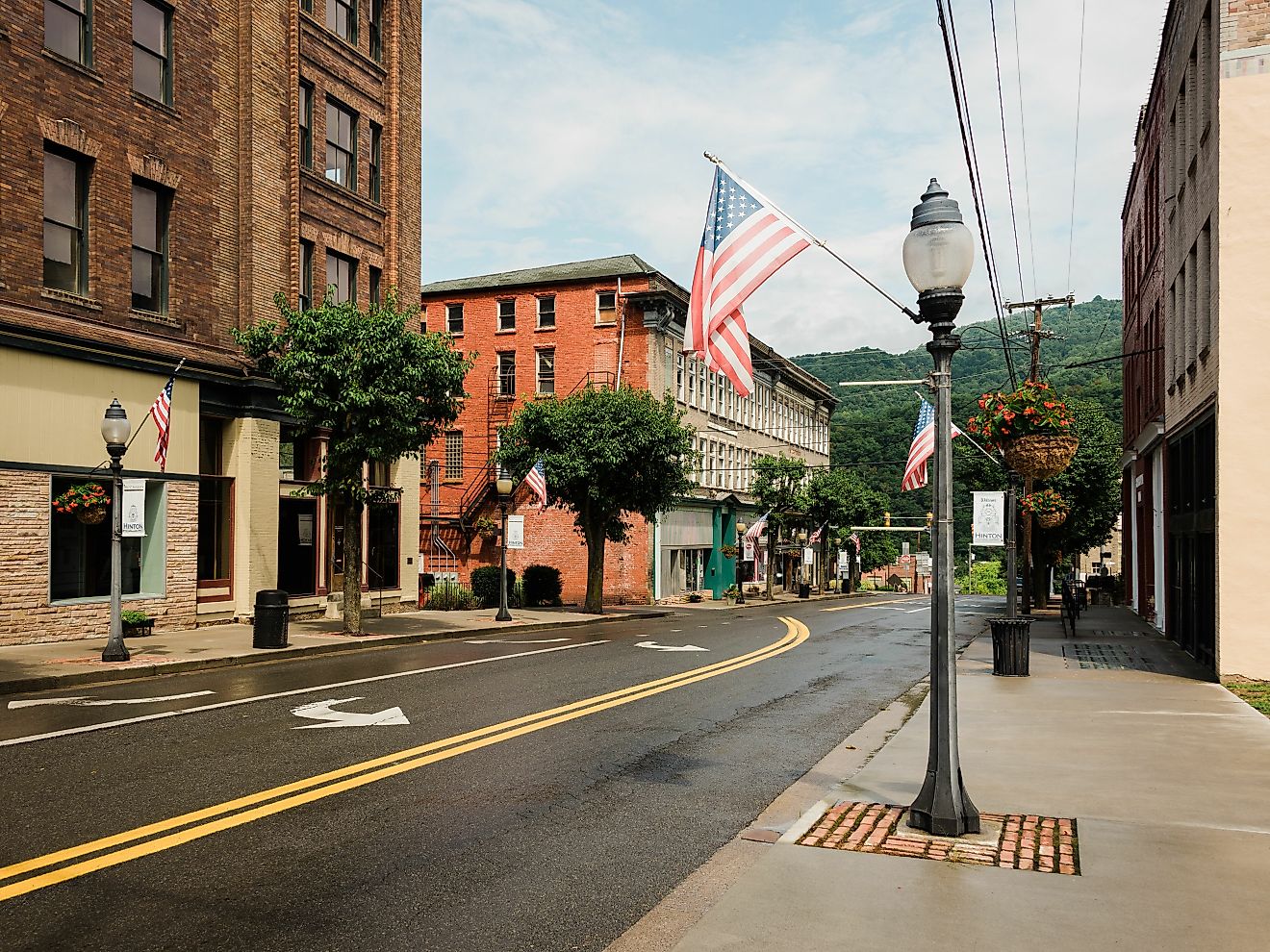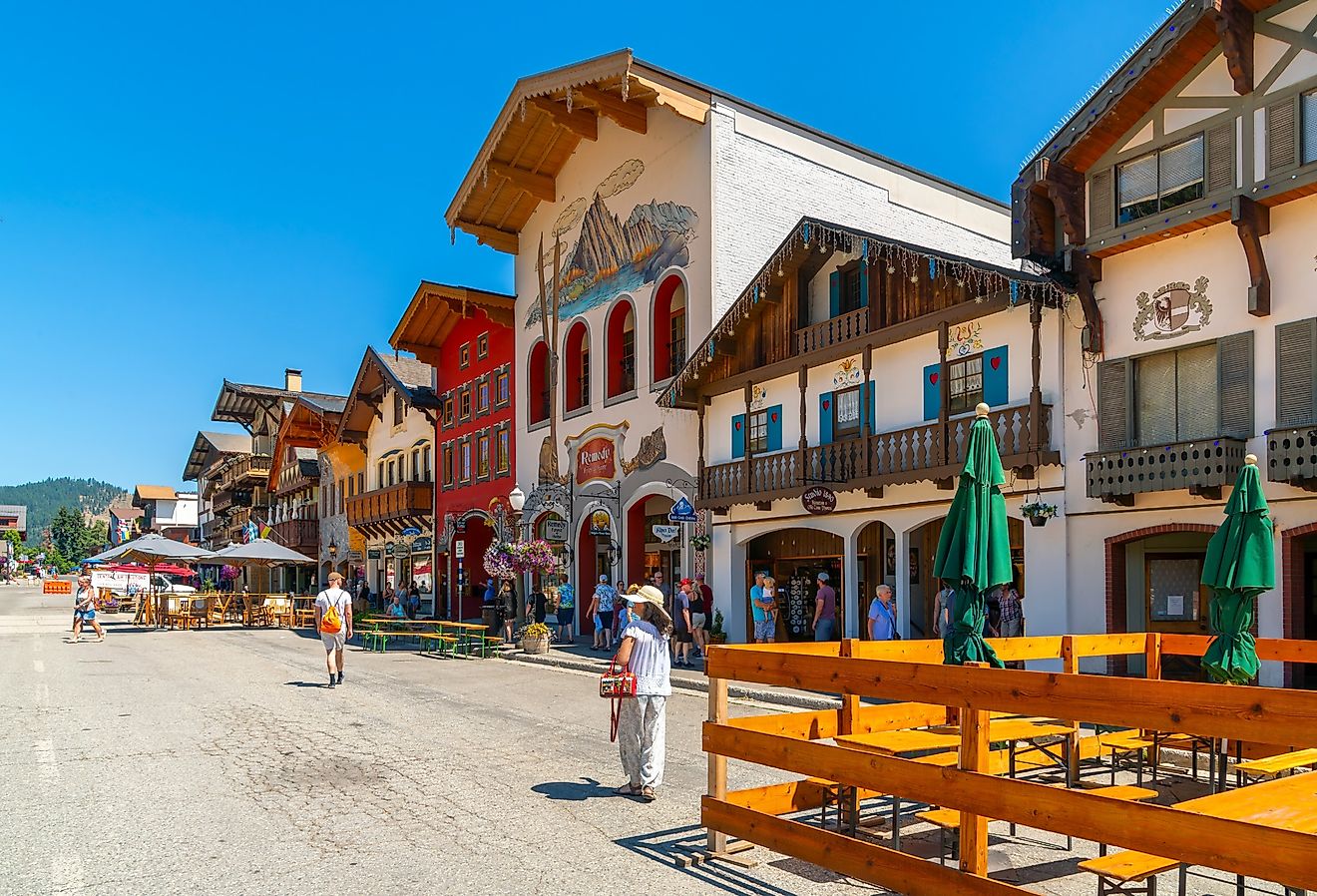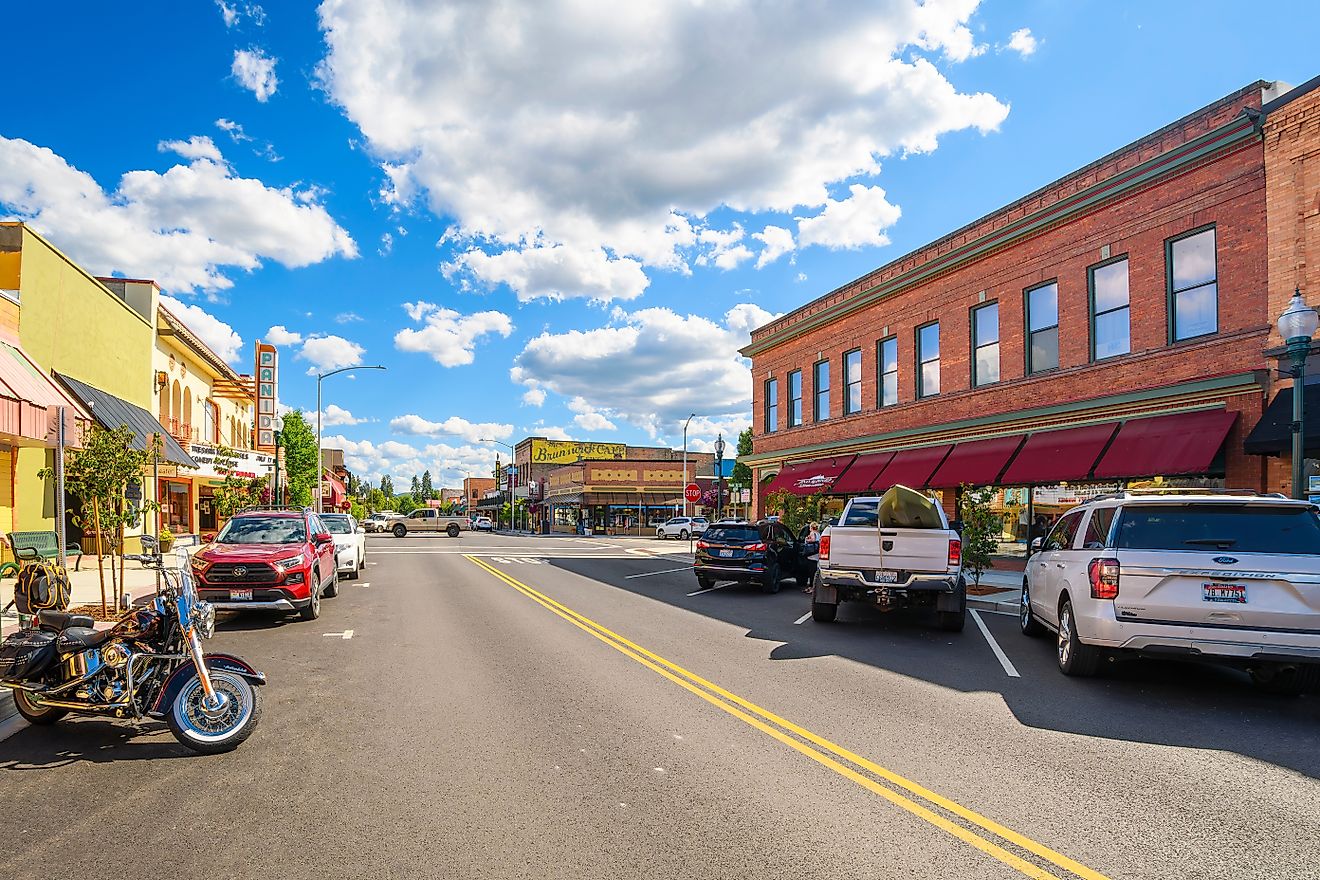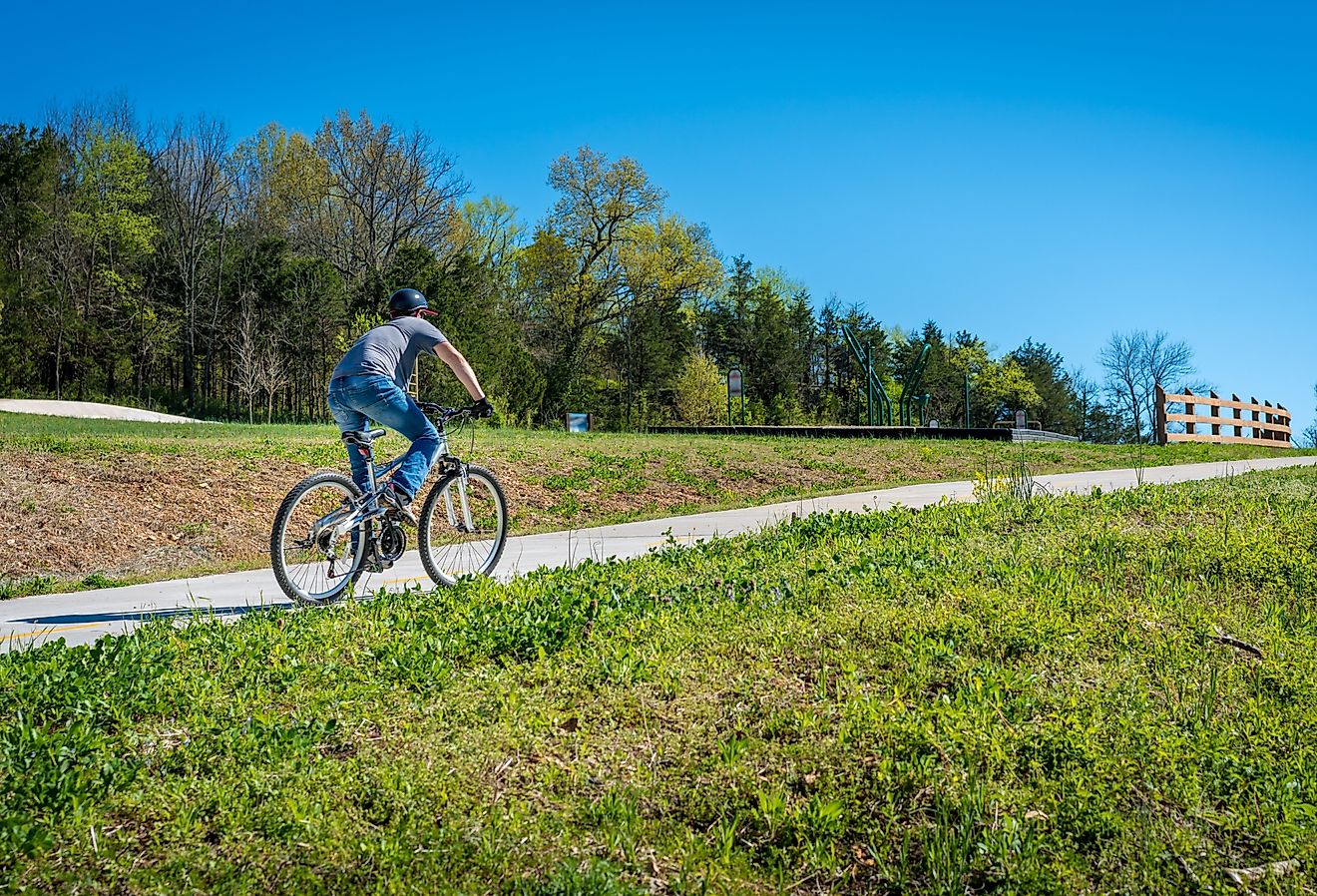
Bryce Canyon National Park
National Parks are areas established by national governments for the conservation of the natural environment. The National Park Service, functioning under the US Department of Interior, currently manages 63 national Parks in the United States. Utah is a geographically diverse state located in the west-central region of the United States. Due to the state’s rich natural diversity, many areas in the state are protected as National Parks.

Situated in the southwestern part of the US State of Utah, the Bryce Canyon National Park is known for its largest collection of hoodoos in the world. The park occupies an area of 145.02 km2 and is located approximately 64 km northeast of Zion National Park.
Geography

The Bryce Canyon National Park is situated within North America’s Colorado Plateau, along the southeastern edges of the Paunsaugunt Plateau. The park contains a series of natural amphitheaters that extends for more than 30 km from the north to the south within the National Park. Below the amphitheaters stand an array of orange-white colored spires, walls, and columns made of sandstone and limestone. The spectacular colorful limestone rocks of the Claron Formation, called hoodoos, were sculpted by frost, weathering, and rainwater erosions through millions of years. The major feature of the National Park is the Bryce Canyon/Bryce Amphitheater which has a length of about 19 km and a maximum width of about 5 km. The Bryce Canyon reaches a maximum depth of 240 m. Located at the end of a 29 km-long scenic drive is the Rainbow Point, which rises to an elevation of 2,775 m and is the highest point in the Bryce Canyon National Park.

It is believed that the geological processes which led to the creation of these rock formations started during the late Cretaceous Period and continued through the first part of the Cenozoic Era. The hoodoos were formed as a result of many different sediments that were carved by cool lakes and streams during the Paleocene and the Eocene Epochs. The lower portions of these hoodoos were made up of soft sedimentary rocks, while the upper portions were made up of relatively hard weather-proof stones. The brown, red and pink color of the rocks is due to the presence of hematite, the yellow color from limonite, and the purple color from pyrolusite. The minerals also form a part of all the major rock formations of the park including the natural bridges, windows, walls, and arches. The rock formations of the Bryce Canyon National Park form a part of a sequence of huge sedimentary rock layers known as the Grand Staircase. The youngest rocks are found in the Bryce Canyon and the Grand Staircase-Escalante National Monument, the intermediately-aged rocks are found in the Zion National Park and the oldest rocks are found in the Grand Canyon National Park.
According to the Köppen climate classification, the Bryce Canyon National Park experiences a continental climate with warm, dry summers and cool and snowy winters.
Wildlife

About 400 native floral species have been recorded inside the Bryce Canyon National Park. Some of the notable plants that are found here include aspen, cottonwood, pinyon pine, juniper, antelope bitterbrush, Douglas fir, Ponderosa pine, Utah juniper, blue spruce, and white fir. The meadows and forests of the national park support several faunal species such as black bears, ground squirrels, elk, pronghorn, porcupines, coyotes, foxes, mountain lions, bobcats, mule deer, marmots, and the Utah prairie dog.

Amphibians like the tiger salamander and reptiles like the short-horned lizard, striped whipsnake, and the Great Basin rattlesnake are also found in the park. Over 170 avian species have been recorded in the Bryce Canyon National Park. Some of the notable birds include the California condor, southwestern willow flycatcher, woodpeckers, owls, eagles, Steller’s jays, ravens, and nuthatches. Slow-growing colonies of cryptobiotic soil made up of a mixture of algae, cyanobacteria, fungi, lichens, and mosses are also found here. These help in providing moisture and nitrogen fixation for the plants.
Brief History

It is believed that the area was inhabited by the Anasazi peoples up to 10,000 years ago. Archaeological excavations have revealed several artifacts that were left by the Pueblo Anasazi and the Fremont cultures. After the last Anasazi peoples left the area, the Paiute arrived and settled in the valleys and plateaus of the surrounding region. The area was first visited by the European Americans during the end of the 18th century and the beginning of the 19th century. In the 1850s, some Mormons surveyed the area for its use as a settlement and also for agricultural development. In 1872, the explorer John Wesley Powell arrived in the area along with his team of geologists and mapmakers, who also explored the Virgin and Sevier Rivers as a part of the Colorado Plateaus Survey. Small groups of Mormon pioneers followed and founded a settlement along the Paria River, on the eastern side of the Bryce Canyon. In 1873, a major part of the area was used as grazing land by the Kannarra Cattle Company. The Scottish immigrant Ebenezer Bryce and his family arrived and settled close to one of the large craters, where Bryce grazed his cattle. The other settlers started calling the area “Bryce’s Canyon,” which later eventually became the park’s name. Bryce also made some agricultural improvements in the area, but due to drought, flooding and overgrazing, all the settlers eventually moved to Arizona.

The forest supervisor J.W. Humphrey was one of the first pioneers who started promoting the majestic wonders of the area. Several entrepreneurs like Harold Bowman and Ruby Syrett started building lodges for the accommodation of visitors. However, the influx of tourists and settlers began to damage the area. Overgrazing and logging activities were noticed by the conservationists who initiated a movement to protect Bryce’s Canyon. The area was declared as a National Monument by then US President Warren G. Harding on June 8, 1923. Roads were built for easy access to the interior areas and the construction of the Bryce Canyon Lodge was finally completed in 1925. The Bryce Canyon National Park was eventually established on February 25, 1928.

